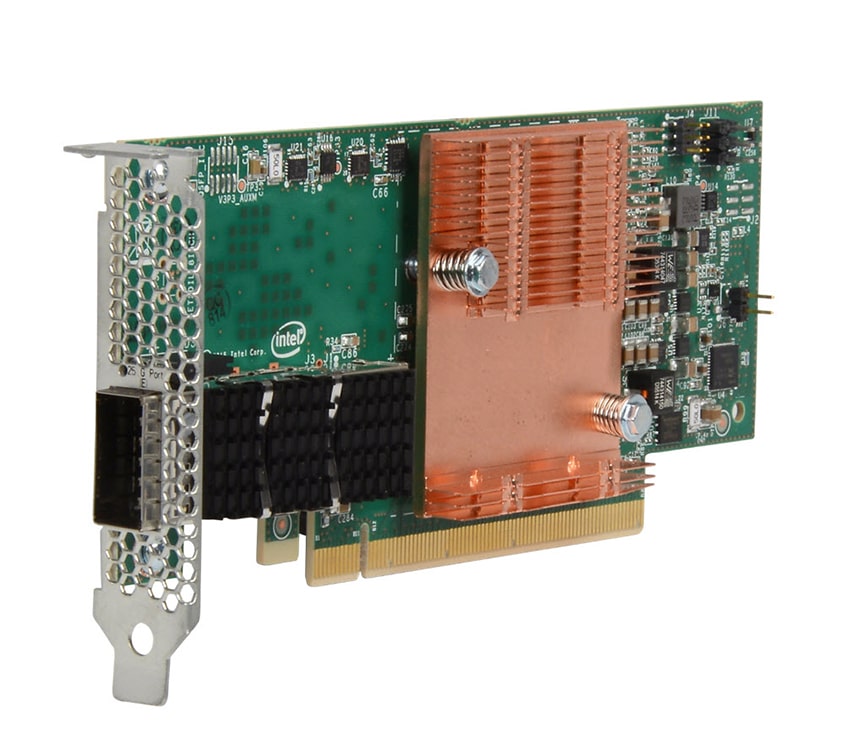Mentioned briefly in the Dell release on Monday, Intel has announced various advancements to its Intel Scalable System Framework (Intel SSF), with the IT giant asserting that it will bring high-performance computing capabilities and its benefits to more industries and new workloads. As such, Intel has introduced the Intel Omni-Path Architecture (OPA), a new HPC-optimized fabric technology that enables more accessible performance of HPC clusters and to a broader range of applications and users.

Because HPC is now being used by more industries than just a select few, such as big data analytics, Intel believes that their innovations will further expand HPC capabilities and lower the barriers to adoption to the point of mainstream adoption. To this end, Intel SSF leverages an advanced architectural approach, which is specifically built to promote more scalable, flexible and balanced HPC systems. In addition, Intel SSF is designed to simplify the procurement, deployment, and management of HPC systems indicating that it will increase its overall accessibility and open it up to more industries and workloads such as data-driven analytics, visualization and machine learning.
Intel adds that the architecture also helps run these divergent workloads that stress different parts of the system by allowing innovations that optimize the performance of diverse workloads to be managed in a consistent way. Additionally, Intel SSF also provides businesses with a consistent platform for HPC system deployments in cloud environments.




 Amazon
Amazon